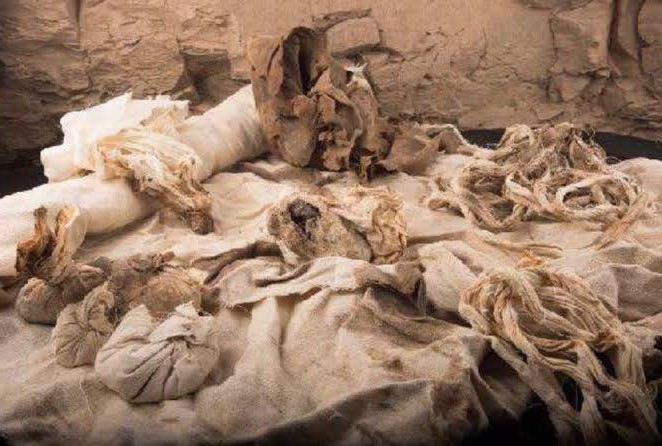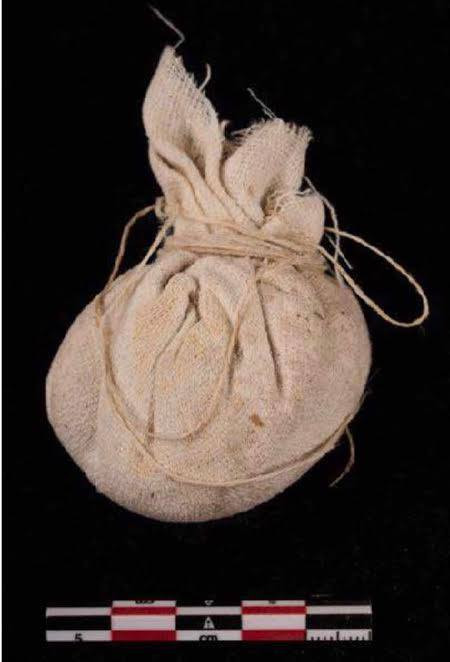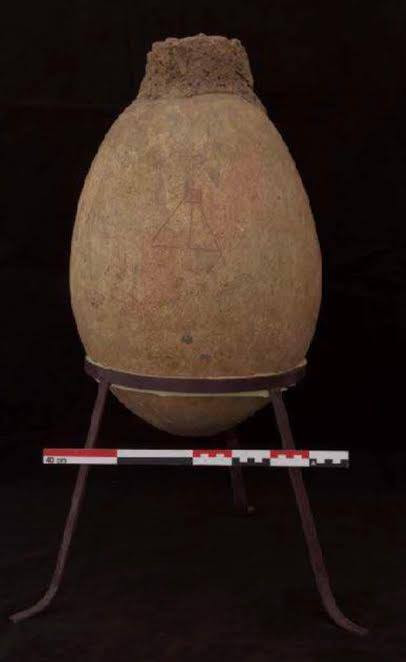Long lost jars discovered in ancient Egyptian tomb shed light on how mummies were embalmed
A total of 56 jars were recovered by the Spanish-Egyptian archaeological mission.

In a tomb at the heart of the Deir el-Bahari mortuary complex, near the city of Luxor, archaeologists have come across 56 jars filled with embalming materials. They are thought to have been used in the mummification of Ipi, an ancient Egyptian Vizir from the early Middle Kingdom (circa 2055-1650 BCE).
The Spanish-Egyptian mission from the University of Alcala had been cleaning the courtyard of Ipi's tomb – also known as tomb TT 315 – when they made the the discovery.
This is not an entirely new find however. The jars had previously been identified by American Egyptologist Herbert Winlock during excavations that took place in 1921-22.
However, the objects were subsequently left inside an auxiliary chamber in the north east corner of the tomb, where they remained until the Spanish-Egyptian archaeological mission found them again.
Commenting on the (re)discovery, Dr Mahmoud Afifi, who leads the Ancient Egyptian Antiquities department at the Ministry of Antiquities, said that the identification of the materials inside the jars would improve our understanding of the mummification techniques used in the early Middle Kingdom.
It will allow archaeologists to assess the kind of tools and products involved in the process of embalming at the time.
"The jars contained around 300 sacks with natron salt, oils, sand, and other substances", Dr Antonio Morales, head of the Spanish Mission, pointed out.

A number of cloths and pieces linen sheets destined to cover fingers, toes, and other parts of the vizier's corpse, were also recovered from the tomb.
Very little is known about Ipi's life, but the vizier is thought to have belonged to the ancient Egyptian elite during the reign of Amenemhat I in the early Twelfth Dynasty, at the beginning of the Middle Kingdom of Egypt.


© Copyright IBTimes 2024. All rights reserved.






















